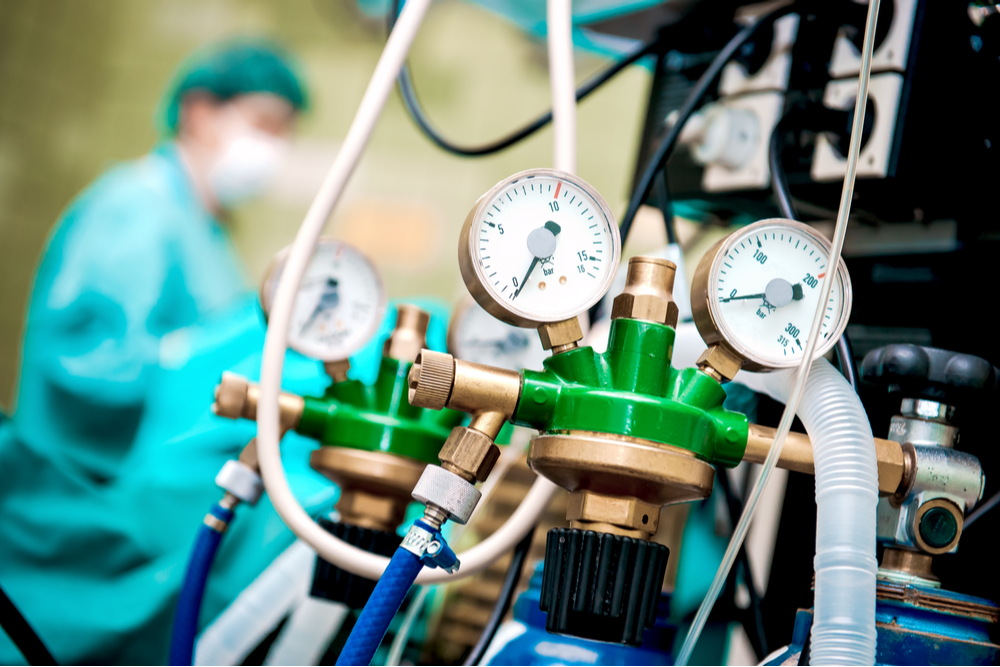
In a medical facility or setting that utilizes anesthesia, a waste anesthetic gas disposal (WAGD) system is a requirement. However, if the same distribution network that connects a medical vacuum system used for patient suction is also utilized for waste anesthetic gas disposal, major problems can arise if the vacuum system is not designed for WAGD service.
Unfortunately, this configuration is all too common. Many health care facilities use the same system for anesthetic gas disposal and a medical/surgical patient suction, often because an anesthetizing location was added after a facility is planned or built. Essentially, the building may not be adequately equipped with a WAGD compliant disposal system and a WAGD inlet in each anesthetizing location, so it is assumed that dumping these gases into the vacuum system is fine.
Below is a closer look at the problems that waste anesthetic gases can cause if they are piped into a non-WAGD compliant medical vacuum system.
The Risks of Using the Same System for WAGD and Medical Vacuum
Even though it is relatively common for some health care settings to have only one system for medical/surgical vacuum and WAGD this setup is not ideal and does not meet the building code if the vacuum system is not WAGD compliant. Joining these systems together may pose unnecessary risks, such as the following.
Fire
Reports of fires starting in medical vacuum pumps have grown increasingly common over the last several years. Fires may be minimal, leading to flashes of flames at the output or exhaust, but they can also be substantial, sometimes generating an explosive action that destroys the pump. Several of these incidents have been traced to the disposal of oxidizing anesthetic gases into a non-WAGD compliant vacuum system.
Equipment Stress
Vacuum pumps that are being used for medical/surgical suction and anesthetic gas disposal often run harder and for longer durations than they were originally designed for. This kind of equipment stress can lead to consistent issues with breakdowns and repairs, which often results in higher costs for the organization.
Dangerous Fusions
Dangerous fusions can also be problematic if a vacuum pump is used for dual purposes. Some general waste and anesthetic waste should not be combined in an enclosed environment. The fusion of certain gases, for example, could cause the inadvertent release of compounded or altered products that are unsafe. This paragraph should be deleted as it does not relate to the configuration being discussed.
Ensure Compliance and Safety With Medical Gas System Services and Education
If you suspect that your waste anesthetic gases are being disposed into a vacuum system not designed for the collection of anesthetic gases, it is important to have a professional inspect and potentially reconfigure or replace the setup to thwart potential risks.
Evergreen Medical Services offers a full collection of services to help keep your medical facility compliant and safe when it comes to gas use and disposal. We offer medical gas system setup services using the most suitable equipment for your location. We also offer medical gas training courses for educational and safety purposes.
Contact Evergreen Medical Services to find out more about how we can help.
